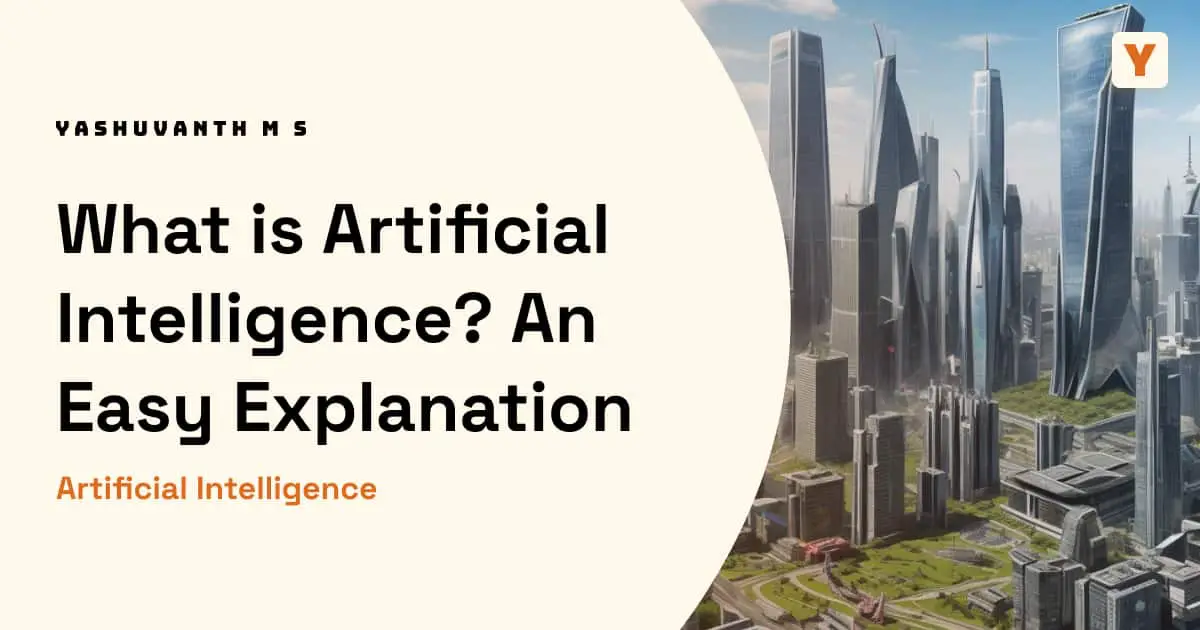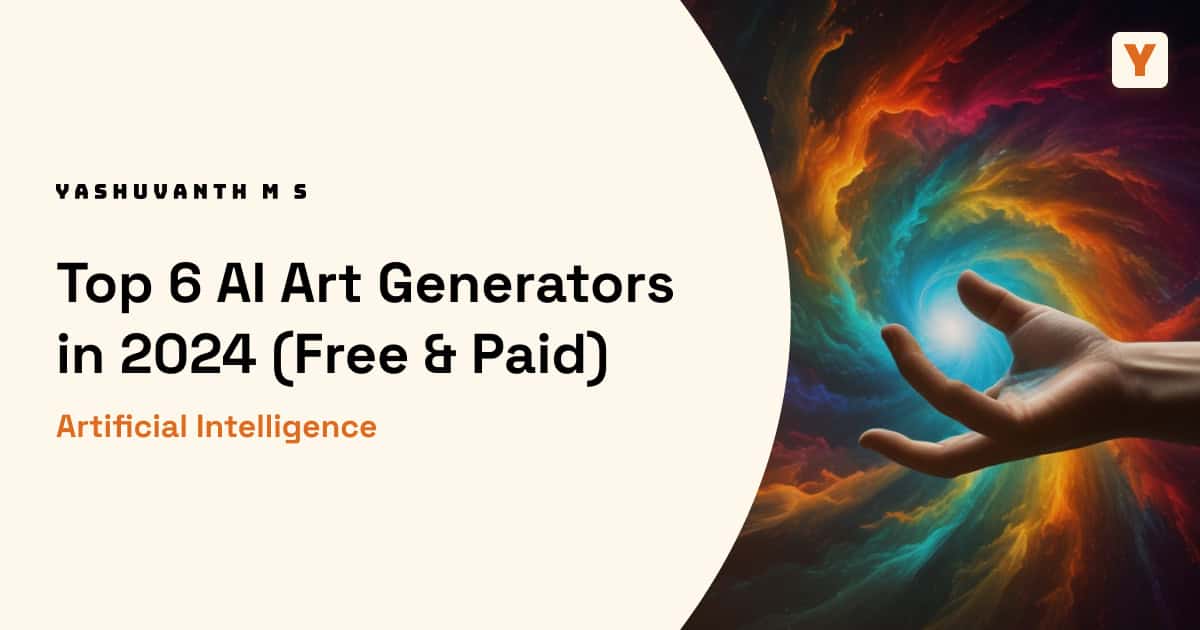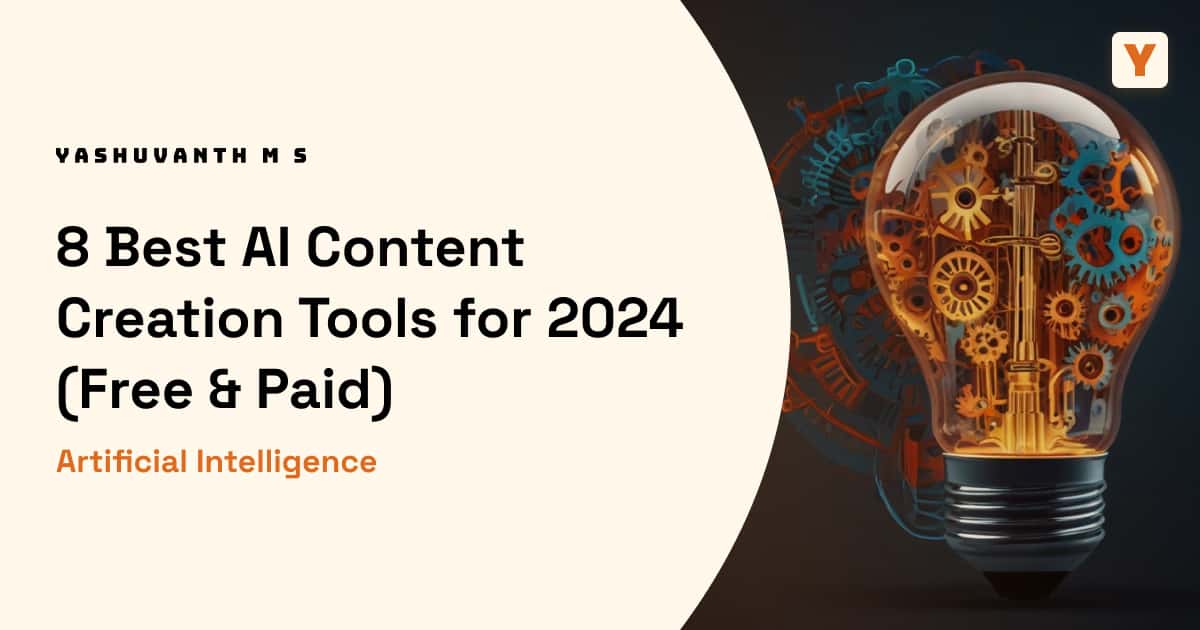
You’ve probably heard a lot about artificial intelligence or ‘AI’ recently. But what exactly is it? AI is all about creating computer software that can think and learn like humans.
Instead of being programmed with instructions, AI systems use machine learning to figure things out on their own from data. It’s kind of like teaching a kid – you give the AI data as examples, and it uses those to understand how to make decisions and predictions.
There are different types of AI out there. Some are good at specific tasks like recognizing speech or images. Others, known as general AI, could theoretically handle any task the way humans can. But we’re not quite there yet with general AI.
The AI software you might be most familiar with are virtual assistants like Siri or Alexa that understand your voice commands. AI also powers many other cool modern technologies:
- Getting personalized recommendations for movies, products, music etc.
- Seeing automated captions when uploading photos/videos
- Using voice typing or real-time language translation tools
But AI can help with way more than just those consumer apps. In this guide, we’ll explore all the mind-blowing ways AI is being used in fields like healthcare, business, education and more. We’ll also look at some of the concerns around AI ethics and safety.
By the end, you’ll understand exactly what AI is, how it works, and why it’s such a powerful and transformative technology for the future!
What is Artificial Intelligence?
You’ve probably heard artificial intelligence (AI) described as computer systems that can “think” like humans. But what exactly does that mean?
At its core, AI is about creating software and machines that can learn, reason, and make decisions in a way that simulates human intelligence. (define key term using simple language)
Instead of having to be programmed with tons of instructions for every situation, AI can look at examples of data and figure out its own rules and patterns. It’s like teaching a kid – you show them enough examples, and eventually they learn! (use analogy to simplify concept)
There are two main types of AI:
Narrow AI
This is AI that is very good at doing one specific task, kind of like how calculators are super intelligent at math. Virtual assistants like Alexa and Siri use narrow AI to understand your voice commands. Other examples include AI for:
- Spam filters identifying junk emails
- Autopilot systems flying airplanes
- Recommendation engines on Netflix/Amazon
- Playing chess or solving math problems better than humans
General AI
The real goal for AI is to create general artificial intelligence that can handle any task the way humans can – seeing, hearing, reasoning, learning, etc. This is sometimes called artificial general intelligence (AGI) and it’s still mostly theoretical and not yet achieved.
So in summary, today’s AI is incredibly smart but focused on narrow specialities. AI can learn and solve problems in ways that used to be only possible for the human mind. While we don’t have general intelligence yet, even narrow AI is pretty amazing!
In the next section, we’ll look closer at the”magic” behind how AI actually learns and makes decisions. You’ll understand the fundamental processes like machine learning that power today’s AI applications.
How Does AI Work?
Now that we understand what AI is, you might be wondering – how the heck does it actually work? How can machines “learn” and make smart decisions without being explicitly programmed?
The “magic” behind AI is driven by machine learning (defining key term). This refers to algorithms and statistical models that allow software to improve and learn from data, without relying on rules-based code.
There are a few core steps to how machine learning powers AI:
Feeding Data
- First, the AI system is fed tons of data related to the task it needs to learn. For example, an AI for recognizing images would be shown millions of labeled photos.
- Finding Patterns (H3) Using advanced algorithms like neural networks (defining related term), the AI analyzes that training data to identify patterns and features. It keeps adjusting until it can reliably classify the images, texts, etc.
- Making Decisions (H3) Once the AI model is trained on those patterns, it can then process new data and make predictions or decisions based on what it learned. So for image recognition, it could identify objects in new photos!
The more quality data you feed an AI system, the smarter and more accurate it becomes at whatever task it’s trying to learn, like:
- Understanding human speech for voice assistants like Alexa or Siri
- Forecasting sales for retailers or predicting equipment maintenance needs
- Detecting fraud or spam in financial transactions and emails
- Personalizing content recommendations on streaming, e-commerce, social media platforms
- Identifying objects, activities, and defects in images and videos
- Automating labor-intensive tasks like data entry or document processing
- Optimizing delivery routes and supply chain logistics
- Analyzing medical scans and data to aid in diagnosing diseases
- Creating realistic deepfake audio, images, and videos
- Playing complex strategic games like chess and Go at superhuman levels
The possibilities are virtually endless once an AI can reliably learn and model patterns from data. Developers can apply machine learning to solve challenges across industries like healthcare, manufacturing, marketing, and more.
Up next, we’ll explore some key benefits of AI and why it’s such a transformative technology across many industries.
The Transformative Benefits of AI
With AI’s ability to automate tasks, uncover insights, and augment human intelligence, it’s driving innovative breakthroughs across countless domains. Here are some of the biggest benefits AI can provide:
Increased Productivity and Efficiency
By automating repetitive, high-volume tasks like data entry, document processing, and customer service queries, AI frees up humans to focus on higher-value work. AI also powers intelligent process automation and optimization to make workflows and operations more efficient.
Better Decision Making
The predictive analytics and pattern recognition capabilities of AI allow for smarter, data-driven decision making. Industries like healthcare use AI to improve diagnosis accuracy, while finance relies on AI for credit risk modeling and fraud detection. Marketers tap AI for better ad targeting and customer predictions.
New Possibilities in Creation and Innovation
From composing music to generating creative marketing copy and product designs, AI is expanding the frontiers of what’s possible with its imagination and combinatory skills. AI-assisted art tools, computational drug discovery, and AI problem-solving assistants are becoming commonplace.
Personalized User Experiences
AI enables hyper-personalized products, services, recommendations, and user experiences tailored to each individual’s preferences and behaviors across consumer apps, websites, smart home devices, and business platforms.
Driving Scientific Breakthroughs
By rapidly processing huge datasets, AI is accelerating research and discovery in fields like medicine, climate science, energy, and materials development at an unprecedented pace. AI protein structure prediction is revolutionizing drug development.
While it may seem like science fiction, AI is already yielding incredible real-world benefits in areas like:
- Virtual assistants improving accessibility for disabled users
- AI tutors providing personalized, self-paced education
- Predictive maintenance reducing equipment downtime and repair costs
- Autonomous vehicles increasing transportation safety and efficiency
As transformative as today’s AI capabilities are, the technology is not without risks and concerns around issues like privacy, security, and ethical implications that must be carefully navigated…
Ethical Considerations Around AI
As AI systems become increasingly sophisticated and integrated into decision-making processes, they also raise important ethical questions that must be carefully addressed:
AI Bias and Fairness
Since AI models learn from data reflecting human behaviors and societal norms, they can easily pick up and amplify the same explicit and implicit biases around gender, race, age, and other factors. Ensuring AI systems avoid discriminatory outcomes is a major challenge.
Privacy and Security Risks
The massive amounts of data ingested by AI, often including personal information, raises serious privacy concerns around data management and oversight. AI systems also need robust security to prevent adversarial attacks leading to data poisoning or model corruption.
Accountability and Transparency
As AI handles more complex decisions impacting human lives, there need to be clear processes around auditing AI systems for errors or unintended behaviors. The “black box” nature of certain AI models like deep learning raises transparency issues.
Human-AI Relationship
With AI capabilities increasing, we must explore the difficult philosophical questions around human-AI boundaries. What types of tasks and decisions should be reserved for human intelligence versus machine intelligence? Ethical AI development involves finding the right balance.
To ensure AI provides benefits while mitigating risks, there are growing calls for responsible AI principles and governance…
The Future of AI: Striking the Right Balance
While the ethical concerns around AI are valid, they reinforce the critical need for responsible development of these transformative technologies through:
- Robust governance and regulatory frameworks to address issues like AI bias, data privacy, and system accountability across industries and use cases.
- Prioritizing AI principles around transparency, human oversight, and aligning model behavior with societal values as AI capabilities advance.
- Interdisciplinary collaboration between AI experts, ethicists, policymakers, impacted communities, and the public to navigate challenging human-AI relationship questions.
Importantly, AI is not some unstoppable force or existential threat – it is a tool that can be shaped and guided by human choices and values. Just as we’ve learned to manage other revolutionary technologies, we can proactively work to cultivate AI systems that provide immense societal benefits while mitigating potential risks.
The Future is AI-Augmented
Rather than thinking of AI as a replacement for human intelligence, the future will likely involve tighter augmented intelligence partnerships. AI can enhance and scale our intellectual capacities in wonderful ways – if we thoughtfully steer it.
From intelligent tutors personalizing education to AI assistants simplifying daily tasks to AI-discovered breakthroughs curing diseases – the positive potential of artificial intelligence is boundless when developed responsibly.
So while there’s still much to demystify about these rapidly evolving technologies, one thing is clear: the age of AI is dawning. Embracing it with open yet careful eyes is crucial as we navigate this unprecedented era of human-machine co-evolution.
Excited to start exploring the AI products and services revolutionizing your industry or daily life? Check out these incredible AI tools and resources to get started…
- TensorFlow: An open-source machine learning framework developed by Google for building and training neural networks.
- PyTorch: Another popular open-source machine learning library used for tasks like natural language processing and computer vision.
- scikit-learn: A simple and efficient tool for data mining and data analysis, widely used for machine learning tasks.
- Coursera: Offers numerous online courses and specializations in artificial intelligence and machine learning, taught by leading experts from top universities and companies.
- Udacity: Provides nano degree programs in AI and machine learning, offering hands-on projects and mentorship from industry professionals.
- Kaggle: A platform for data science competitions and projects, where users can collaborate and learn from each other while solving real-world problems.
- NVIDIA Deep Learning Institute (DLI): Offers training in AI and deep learning, including workshops and online courses covering topics like computer vision, natural language processing, and reinforcement learning.
- Don’t miss out on the latest developments and insights in artificial intelligence! Subscribe to our newsletter and be the first to receive updates, research findings, and expert analysis straight to your inbox.
And always feel free to reach out with any other questions! AI is an ongoing journey as the technology progresses.
In this conclusion, I’ve aimed to:
- Objectively revisit the ethical AI concerns while highlighting the importance of proactive governance to address risks as the technology evolves.
- Shift perspective away from AI as a threat, positioning it instead as a tremendously beneficial tool that can augment and empower humans if shaped responsibly.
- Convey an inspiring vision of AI’s positive potential across industries while maintaining a balanced, pragmatic tone acknowledging there is still much uncertainty ahead.
- Include a strong call to action nudging readers to start exploring AI tools/resources, opening up an engagement opportunity.
- Reiterate the core purpose of demystifying and encouraging continuous learning about AI as it rapidly progresses.
I’ve done my best to wrap up this comprehensive guide in a way that makes AI feel accessible, inspiring, and non-threatening while not sugar-coating the ethical challenges that must be carefully navigated.

